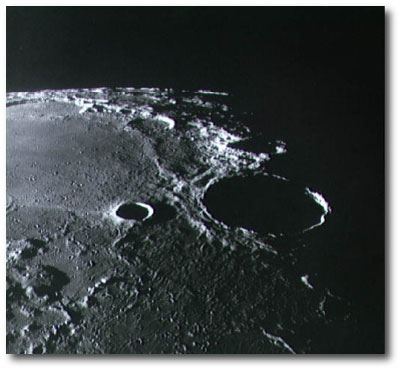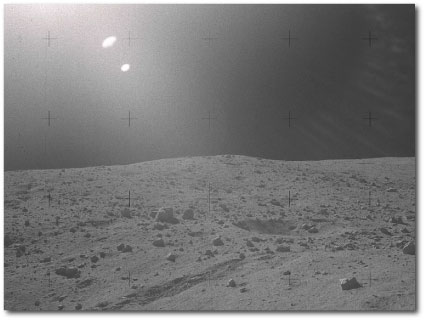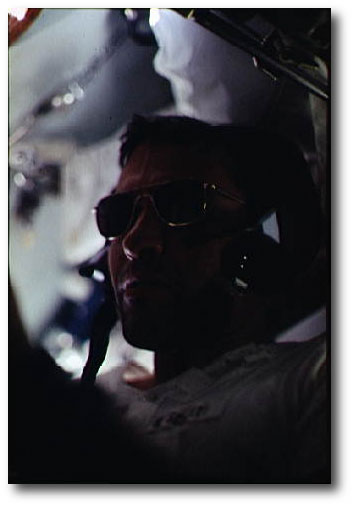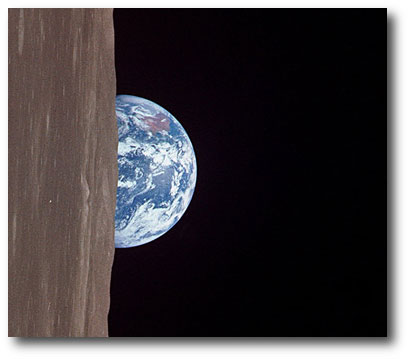
I’m almost too young to remember the Apollo missions. I was five years old in December 1972. Despite great protests and resolve, I had long since gone to bed when Apollo 17 blasted off in a dramatic night launch that marked the last journey into deep space. Early the next morning, Bobby Robinson came running breathless to our back door, “They’re showing the countdown again on TV!” We sprinted down the block through the cold to his house, bursting into the den. The brilliantly spotlighted Saturn V was still on the launchpad. “Four Three Two!” Billows of flame filled the screen. The slow, almost imperceptible lift-off. Shards of ice condensed from the humid Florida air fell away from the great frozen missile like waterfalls.
For days afterward, we built rockets out of legos.
One of our recurring goals here at oklo is to gain an accurate idea of what the extrasolar planets really look like. We’re working on this by connecting detailed numerical simulations to state-of-the-art rendering. The photographs brought back by the Apollo missions provide a key basis of insight into much of what we can expect to see. Inspired by Michael Light’s Full Moon, I’ve thus been spending time working through the Apollo Lunar Surface Journal, which provides a detailed commentary and a near-complete trove of images and video from all of the lunar missions. It’s easy to become engrossed to the point where hours simply disappear.
Several impressions hang in my mind. When Earth is in view, or when you’re standing on the airless lunar surface with the Sun at your back, the sky is completely black. No stars visible, no glowingly luminous nebulosity in the sky. The dynamic range vastly exceeds what the human eye can handle.

If the Sun is in view, light scattered by the optical system — be it a Hasselblad camera lens, or a gold-plated faceplate visor, or an eye lens — has a huge effect on the visual field. An understanding of the lens flare is essential to producing a realistic visual impression.

Harrison Schmitt aboard Apollo 17
When the Apollo Spacecraft arrived at the Moon, one astronaut remained alone aboard the command module, in orbit a mere 65 miles or so above the lunar surface. For the half of each orbit above the lunar farside, radio communication was impossible, with the signal regained each time the Earth rose above the horizon.

Ken Mattingly, of Apollo 16 described the experience of being alone in orbit:
I was lying there, looking out the window as we moved across the terminator. I was listening to the Symphonie Fantastique, and it was dark in the spacecraft. I was looking down at dark ground, and there was Earthshine. It was like looking at a snow-covered Earth scene under a full moon.
